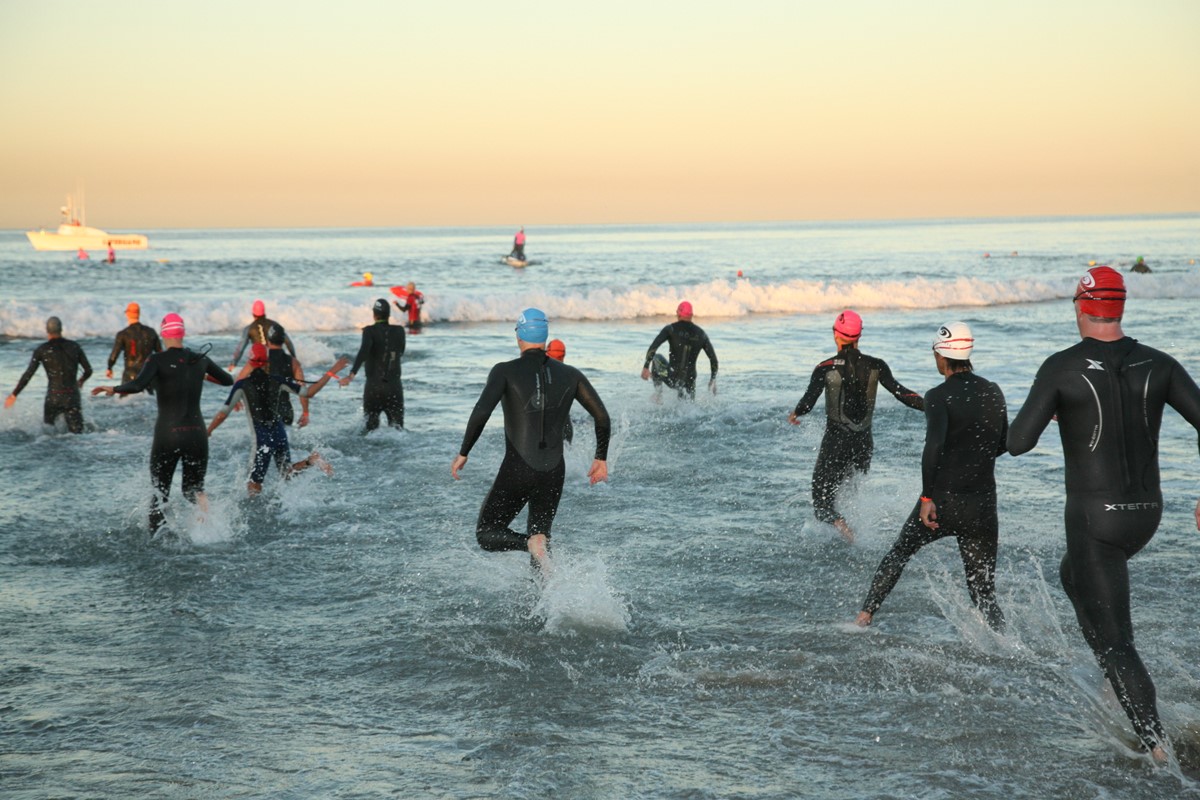LA 28 - Los Angeles Olympic 2028 - Summer Games 2028 Olympic Triathlon Tickets

Venice Beach
Olympic Triathlon
Olympic Triathlon is a demanding and exhilarating multi-discipline sport that challenges athletes across three distinct endurance events: swimming, cycling, and running. This fast-paced competition tests an athlete’s versatility, stamina, and mental toughness, making it one of the most physically and strategically challenging events in the Summer Olympics.
The race begins with a swim, usually held in open water such as a lake, river, or ocean. Athletes swim a set distance, often around 1.5 kilometers, navigating natural conditions like waves and currents. This first segment requires not only speed but also the ability to conserve energy and maintain a strong rhythm in potentially unpredictable environments.
Following the swim, athletes transition quickly to the cycling portion. This segment typically covers around 40 kilometers on a road course, where competitors push their endurance and tactical skills. Drafting—riding closely behind another cyclist to reduce wind resistance—is often allowed in Olympic triathlon, adding an element of strategy to the race. Cyclists must manage their energy efficiently, balancing speed with preparation for the final leg.
The race concludes with a 10-kilometer run, a grueling test of remaining strength and willpower. After swimming and cycling, athletes must summon all their physical and mental resources to maintain pace and outlast their rivals. The transition between cycling and running, known as the "second transition," is critical, as quick changes in muscle use require careful management.
Triathletes wear specialized gear designed for rapid transitions, and race officials time each segment precisely, including the transitions, which can make a significant difference in overall results. The winner is the athlete who crosses the finish line first after completing all three segments.
Olympic Triathlon demands a unique combination of aerobic fitness, technical skill, and mental resilience. Athletes must train rigorously across all three disciplines, developing strength, speed, and endurance. Nutrition and recovery strategies also play essential roles in their preparation.
The sport has gained international popularity, with athletes from a diverse range of countries competing at elite levels. Triathlon’s inclusion in the Olympics has helped elevate its profile, inspiring new generations to take up the sport and embrace the challenge of mastering multiple disciplines.
Overall, Olympic Triathlon embodies the spirit of perseverance, versatility, and determination. It offers an intense and exciting competition that tests the limits of human endurance and athleticism on a global stage.
